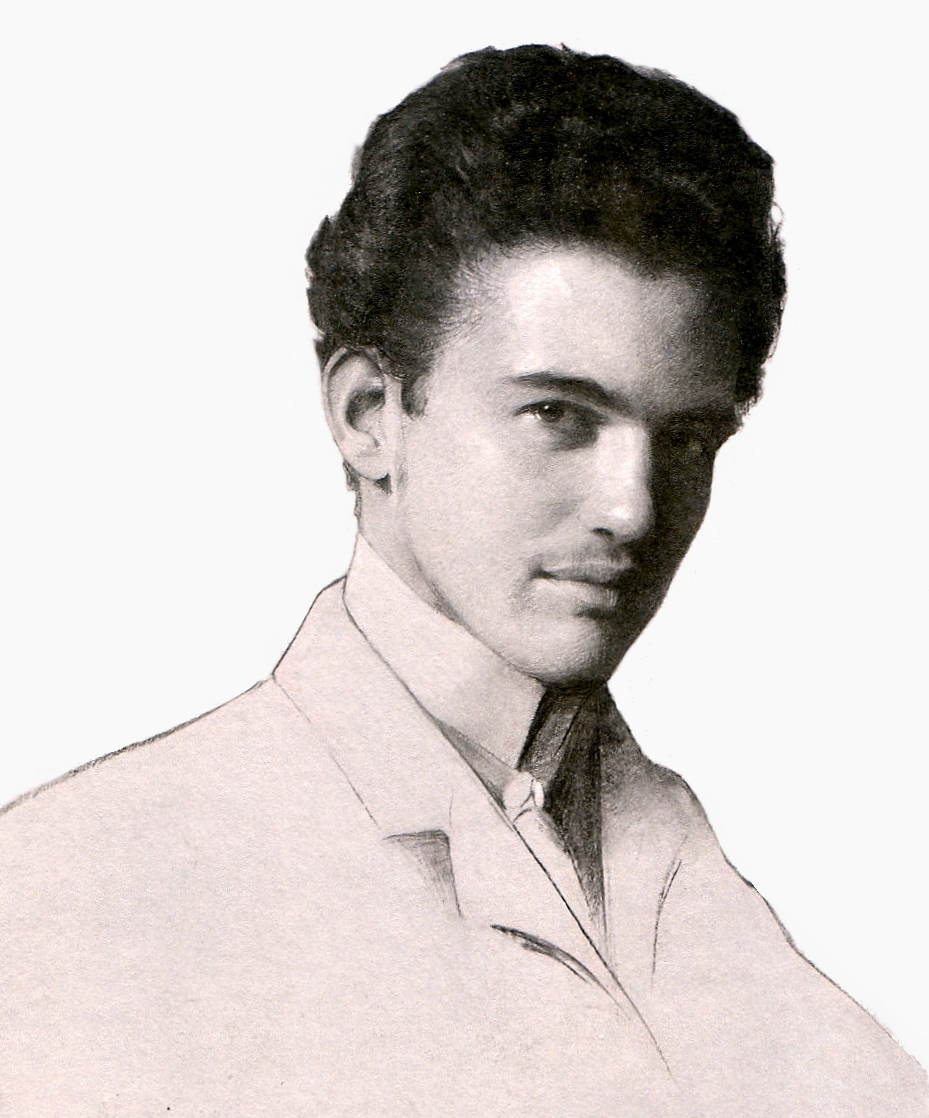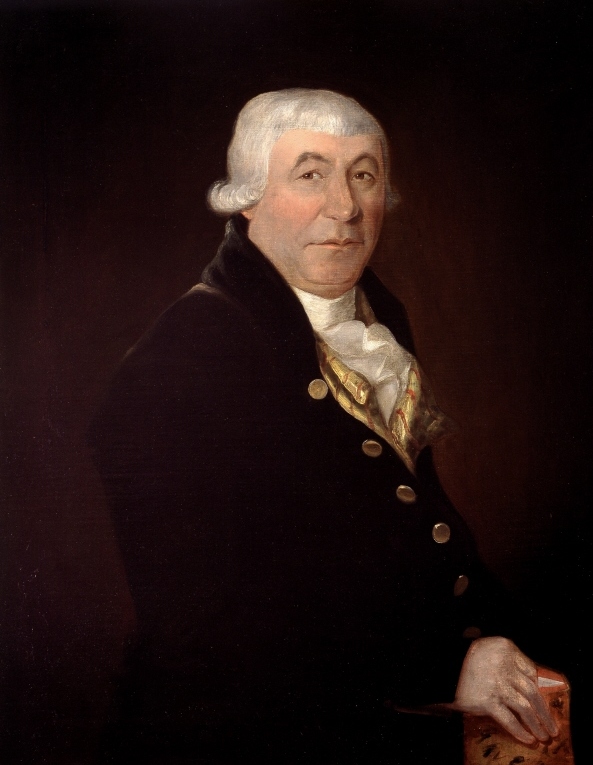|
Louis Cabri
Louis Jean-Pierre Cabri (born February 23, 1934 in Cairo) is an eminent Canadian scientist in the field of platinum group elements (PGE) mineralogy with expertise in precious metal mineralogy and base metals at the Canada Centre for Mineral and Energy Technology (CANMET). First as Research Scientist and later as Principal Scientist (1996–1999). In the 1970s he discovered two new Cu–Fe sulfide minerals, "mooihoekite" and " haycockite". In 1983 Russian mineralogists named a new mineral after him: cabriite (Pd2SnCu). Family Louis was born in Cairo as son of Ludovicus Petrus Maria Cabri (born in Antwerp, Belgium) and Cézarinne-Marie Kahil (born in Alexandria, Egypt). His family is of Dutch Huguenot descent (from 's-Hertogenbosch, The Netherlands) with its origins in Saint-Jean-du-Gard, France. He is married to Canada's well-known ceramic artist Mimi Mignon De Meillon. His son Louis Andrew De Meillon Cabri is a Canadian writer and poet (New Creative Writing). His daugh ... [...More Info...] [...Related Items...] OR: [Wikipedia] [Google] [Baidu] |
Cairo
Cairo ( ; ar, القاهرة, al-Qāhirah, ) is the capital of Egypt and its largest city, home to 10 million people. It is also part of the largest urban agglomeration in Africa, the Arab world and the Middle East: The Greater Cairo metropolitan area, with a population of 21.9 million, is the 12th-largest in the world by population. Cairo is associated with ancient Egypt, as the Giza pyramid complex and the ancient cities of Memphis and Heliopolis are located in its geographical area. Located near the Nile Delta, the city first developed as Fustat, a settlement founded after the Muslim conquest of Egypt in 640 next to an existing ancient Roman fortress, Babylon. Under the Fatimid dynasty a new city, ''al-Qāhirah'', was founded nearby in 969. It later superseded Fustat as the main urban centre during the Ayyubid and Mamluk periods (12th–16th centuries). Cairo has long been a centre of the region's political and cultural life, and is titled "the city of a thousand m ... [...More Info...] [...Related Items...] OR: [Wikipedia] [Google] [Baidu] |
Victoria, British Columbia
Victoria is the capital city of the Canadian province of British Columbia, on the southern tip of Vancouver Island off Canada's Pacific coast. The city has a population of 91,867, and the Greater Victoria area has a population of 397,237. The city of Victoria is the 7th most densely populated city in Canada with . Victoria is the southernmost major city in Western Canada and is about southwest from British Columbia's largest city of Vancouver on the mainland. The city is about from Seattle by airplane, seaplane, ferry, or the Victoria Clipper passenger-only ferry, and from Port Angeles, Washington, by ferry across the Strait of Juan de Fuca. Named for Queen Victoria, the city is one of the oldest in the Pacific Northwest, with British settlement beginning in 1843. The city has retained a large number of its historic buildings, in particular its two most famous landmarks, the Parliament Buildings (finished in 1897 and home of the Legislative Assembly of British Columbia ... [...More Info...] [...Related Items...] OR: [Wikipedia] [Google] [Baidu] |
Tulameen River
The Tulameen River is a tributary of the Similkameen River in the Canadian province of British Columbia. The Tulameen River is part of the Columbia River drainage basin, being a tributary of the Similkameen River, which flows into the Okanagan River, which flows into the Columbia River. Course The Tulameen River originates in E. C. Manning Provincial Park with headwaters at Punchbowl Lake, in the North Cascades part of the Cascade Range. it flows generally north then east, passing Tulameen, British Columbia before joining the Similkameen River at Princeton. It is the only place in the world where both gold and platinum can be found alongside each other, however all significant deposits have been mined. Ecology The watershed holds a number of diverse flora and fauna species. Fauna include mammals, amphibians, reptiles and birds. Among the amphibians of the watershed is the Rough-skinned newt, ''Taricha granulosa'', whose populations in the North Cascades exhibit an adult pere ... [...More Info...] [...Related Items...] OR: [Wikipedia] [Google] [Baidu] |
Greater Sudbury
Sudbury, officially the City of Greater Sudbury is the largest city in Northern Ontario by population, with a population of 166,004 at the 2021 Canadian Census. By land area, it is the largest in Ontario and the List of the largest cities and towns in Canada by area, fifth largest in Canada. It is administratively a List of census divisions of Ontario#Single-tier municipalities, single-tier municipality and thus is not part of any district, county, or regional municipality. The City of Greater Sudbury is separate from, but entirely surrounded by the Sudbury District. The city is also referred to as "Grand Sudbury" among Franco-Ontarian, Francophones. The Sudbury region was inhabited by the Ojibwe people of the Algonquin people, Algonquin group for thousands of years prior to the founding of Sudbury after the discovery of nickel ore in 1883 during the construction of the transcontinental railway. Greater Sudbury was formed in 2001 by merging the cities and towns of the former Regi ... [...More Info...] [...Related Items...] OR: [Wikipedia] [Google] [Baidu] |
Placer Deposit
In geology, a placer deposit or placer is an accumulation of valuable minerals formed by gravity separation from a specific source rock during sedimentary processes. The name is from the Spanish word ''placer'', meaning "alluvial sand". Placer mining is an important source of gold, and was the main technique used in the early years of many gold rushes, including the California Gold Rush. Types of placer deposits include alluvium, eluvium, beach placers, aeolian placers and paleo-placers. Placer materials must be both dense and resistant to weathering processes. To accumulate in placers, mineral particles must have a specific gravity above 2.58. Placer environments typically contain black sand, a conspicuous shiny black mixture of iron oxides, mostly magnetite with variable amounts of ilmenite and hematite. Valuable mineral components often occurring with black sands are monazite, rutile, zircon, chromite, wolframite, and cassiterite. Early mining operations were likely a result ... [...More Info...] [...Related Items...] OR: [Wikipedia] [Google] [Baidu] |
Geochemistry
Geochemistry is the science that uses the tools and principles of chemistry to explain the mechanisms behind major geological systems such as the Earth's crust and its oceans. The realm of geochemistry extends beyond the Earth, encompassing the entire Solar System, and has made important contributions to the understanding of a number of processes including mantle convection, the formation of planets and the origins of granite and basalt. It is an integrated field of chemistry and geology. History The term ''geochemistry'' was first used by the Swiss-German chemist Christian Friedrich Schönbein in 1838: "a comparative geochemistry ought to be launched, before geognosy can become geology, and before the mystery of the genesis of our planets and their inorganic matter may be revealed." However, for the rest of the century the more common term was "chemical geology", and there was little contact between geologists and chemists. Geochemistry emerged as a separate discipline after ... [...More Info...] [...Related Items...] OR: [Wikipedia] [Google] [Baidu] |
Nomenclature
Nomenclature (, ) is a system of names or terms, or the rules for forming these terms in a particular field of arts or sciences. The principles of naming vary from the relatively informal naming conventions, conventions of everyday speech to the internationally agreed principles, rules and recommendations that govern the formation and use of the specialist terms used in scientific and any other disciplines. Naming "things" is a part of general human communication using words and language: it is an aspect of everyday Taxonomy (general), taxonomy as people distinguish the objects of their experience, together with their similarities and differences, which observers Identification (information), identify, name and wikt:classification, classify. The use of names, as the many different kinds of nouns embedded in different languages, connects nomenclature to theoretical linguistics, while the way humans mentally structure the world in relation to semantics, word meanings and Experience ( ... [...More Info...] [...Related Items...] OR: [Wikipedia] [Google] [Baidu] |
Crystal Chemistry
Crystal chemistry is the study of the principles of chemistry behind crystals and their use in describing structure-property relations in solids. The principles that govern the assembly of crystal and glass structures are described, models of many of the technologically important crystal structures (Zinc Blende, Alumina, Quartz, Perovskite) are studied, and the effect of crystal structure on the various fundamental mechanisms responsible for many physical properties are discussed. The objectives of the field include: #identifying important raw materials and minerals as well as their names and chemical formulae. #describing the crystal structure of important materials and determining their atomic details #learning the systematics of crystal and glass chemistry. #understanding how physical and chemical properties are related to crystal structure and microstructure. #studying the engineering significance of these ideas and how they relate to foreign products: past, present, and future ... [...More Info...] [...Related Items...] OR: [Wikipedia] [Google] [Baidu] |
Mooihoekite
Mooihoekite is a copper iron sulfide mineral with chemical formula of Cu9Fe9S16. The mineral was discovered in 1972 and received its name from its discovery area, the Mooihoek mine in Transvaal, South Africa. Crystal structure and optical properties Mooihoekite crystallizes in the tetragonal crystal system. It has a short optical c-axis that is perpendicular to two longer a-axes of equal length. For Mooihoekite, the c-axis is a 4-fold rotoinversion axis. Mooihoekite is an opaque mineral which shows weak anisotropism in polished section under reflected light microscopy. It goes slightly extinct every 90°. Occurrence It is found in massive sulfide from pipe-shaped dunite pegmatite in the norite zone of the Bushveld igneous complex in South Africa. It has also been found in troctolite from the basal Duluth gabbro in Minnesota, US; in the Talnakh area, Norilsk region, western Siberia; at Krzemianka, Poland; in the Malanjkhand copper-molybdenum deposit, Madhya Pradesh, India; and th ... [...More Info...] [...Related Items...] OR: [Wikipedia] [Google] [Baidu] |
McGill University
McGill University (french: link=no, Université McGill) is an English-language public research university located in Montreal, Quebec, Canada. Founded in 1821 by royal charter granted by King George IV,Frost, Stanley Brice. ''McGill University, Vol. I. For the Advancement of Learning, 1801–1895.'' McGill-Queen's University Press, 1980. the university bears the name of James McGill, a Scottish merchant whose bequest in 1813 formed the university's precursor, University of McGill College (or simply, McGill College); the name was officially changed to McGill University in 1885. McGill's main campus is on the slope of Mount Royal in downtown Montreal in the borough of Ville-Marie, with a second campus situated in Sainte-Anne-de-Bellevue, west of the main campus on Montreal Island. The university is one of two members of the Association of American Universities located outside the United States, alongside the University of Toronto, and is the only Canadian member of the Glob ... [...More Info...] [...Related Items...] OR: [Wikipedia] [Google] [Baidu] |
_VICTORIA_FROM_JAMES'_BAY_LOOKING_UP_GOVERNMENT_STREET.jpg)



